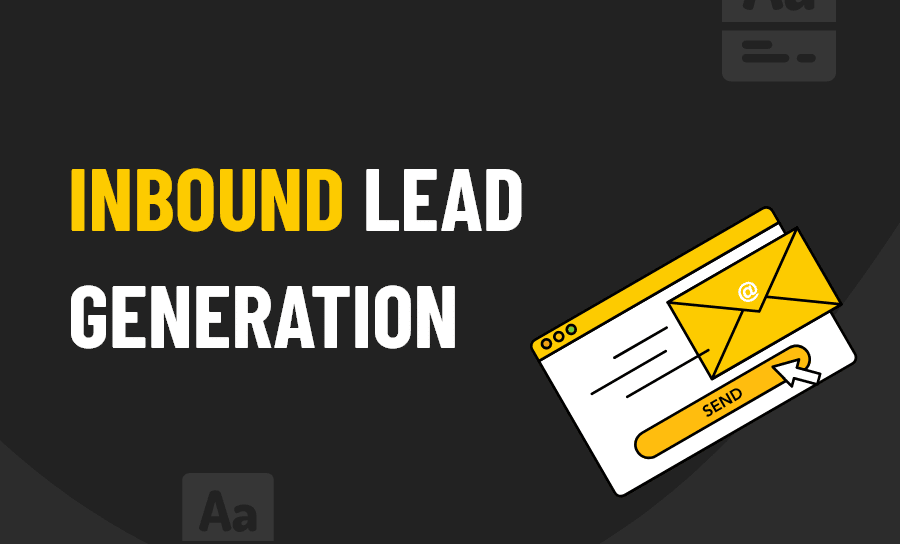
Source: Intelus
Many know and understand how difficult lead generation is. What some may not know is that there are different approaches and methods to take.
This can be done by your team or by a lead generation agency. The two methods I will be talking about today are outbound and inbound generation.
Many refuse to use outbound methods rather than inbound lead generation, but both can be effective if done correctly.
Today I will discuss the methods separately then compare and contrast the two.
Outbound Lead Generation

Source: PNGitem
Outbound lead generation takes a more direct approach by sending a message to potential leads through direct emails and phone calls.
This method is generated through a target audience for more results. Once the target audience has been identified, then the goal is to push messages to the prospects.
Again, this method is done by the company or a lead generation agency that contacts prospects directly. This can be through email, call, or mail.
Outbound lead generation has been debated on its effectiveness due to its “old school” approach. This makes people feel hesitant about using this method because it has a spam-like feel. Overall, people may be uncomfortable using this approach, but there is no denying that it works.
The important part to remember about this method is that there will be more of an effect on a target audience. Any trained lead generation specialist won’t be going door-to-door sharing the company’s brand until they find a customer. They actually shouldn’t be going door to door at all.
My example shows that people assume this method is used on every person that a specialist can find. Trained lead generation specialists do not contact just anyone. They make sure a person fits within the target audience.
If someone is just emailing, mailing, and calling everyone, then it will be less effective. Thus, it is essential to know that if this approach is being used, one will need to find their target audience.
Inbound Lead Generation

Source: relationship one
Inbound lead generation will allow the prospect to come to you rather than reaching out directly. This can be an example through SEO, content marketing, and anytime you publish content. This will attract your target audience and lead prospects to you.
Your company will be making an impression by welcoming people with your website, blog, and social media.
This is almost completely a digital approach since your team is promoting campaigns and their site online. This goal is to engage people during this process, such as getting website visitors who can be potential leads.
This allows the buyer or prospect to be in control of when an exchange occurs. The exchange will include the prospect giving contact information in return for your companies knowledge or services.
Each step of this process relies on building a relationship with the potential lead. Once someone has engaged with anything the company puts out, the objective will be to gain their trust. During that process, a company will continue to nurture the relationship to create a stronger connection.
To summarise, inbound lead generation is the approach where a business promotes itself digitally in hopes of getting a lead. Once the company catches a potential lead’s attention, they have to build a relationship during the process.
Similarities

Source: Clio
You may have seen that these are two different approaches towards lead generation; one with more directness and another with a bit of empathy. Thus, this leads the similarities to be minimal.
The first similarity is that both methods have the objective to generate leads. Keep in mind these are lead generation approaches. With that, they will have the same objective for being a part of the lead generation process.
The second similarity is that both methods require an understanding of their target audience. I mentioned this mainly within the outbound method, but it is also equally important for the inbound method.
Knowing the target audience will save time and resources, not to mention the improved effectiveness.
Differences

Source: K2technologies
We are now moving onto the differences. We can see that the difference between the two is who controls the timing and place of the activity or engagement. This includes exchanging contact information, communicating, and engaging.
Within an inbound lead generation, I mentioned that the prospect would determine these things. They can determine whether or not they want to be engaged and if they want to provide their information.
Meanwhile, the company decides the timing and place with the outbound approach. The company takes total control within the outbound method by already obtaining a prospect’s contact information. Once a company has the contact information, they can choose to contact the prospect at any time.
Conclusion
That will conclude the difference between outbound and inbound lead generation. It comes down to preferences, but both are equally effective.
Generating leads is a challenging process, so don’t be afraid to ask for help. The results are worth it in the end.






